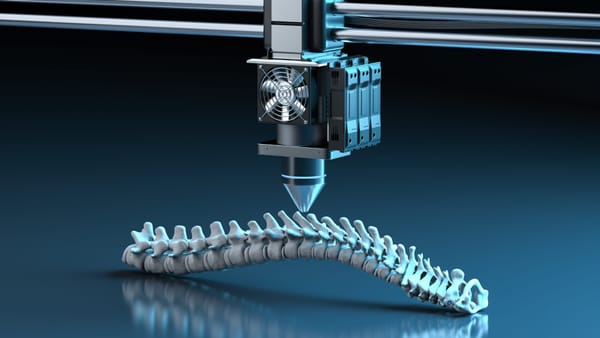
Medicine
A brief dive into 3D printing in medicine
How can 3D printing revolutionise the way we deal with implants and prosthetics in medicine?

Medicine
How can 3D printing revolutionise the way we deal with implants and prosthetics in medicine?

Engineering
An introduction to the invention that transformed our world.

Technology
NFTs, often misunderstood as mere digital images, redefine ownership by leveraging blockchain technology for transparency and easy trade. Unlike cryptocurrencies, each NFT is unique, making it valuable for verifying ownership and tracking provenance. Despite their benefits, NFTs also pose risks such
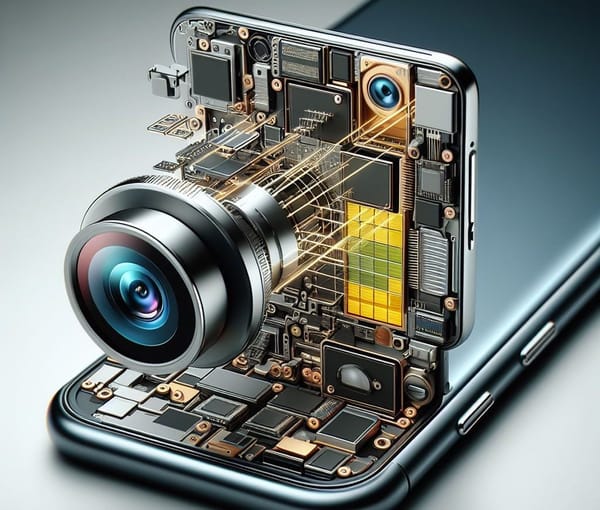
Engineering
Smartphone cameras embody several functionalities akin to traditional cameras but offer the added convenience of compactness. Moreover, they leverage digital techniques, including AI-powered editing, to augment image quality and enhance user experience.
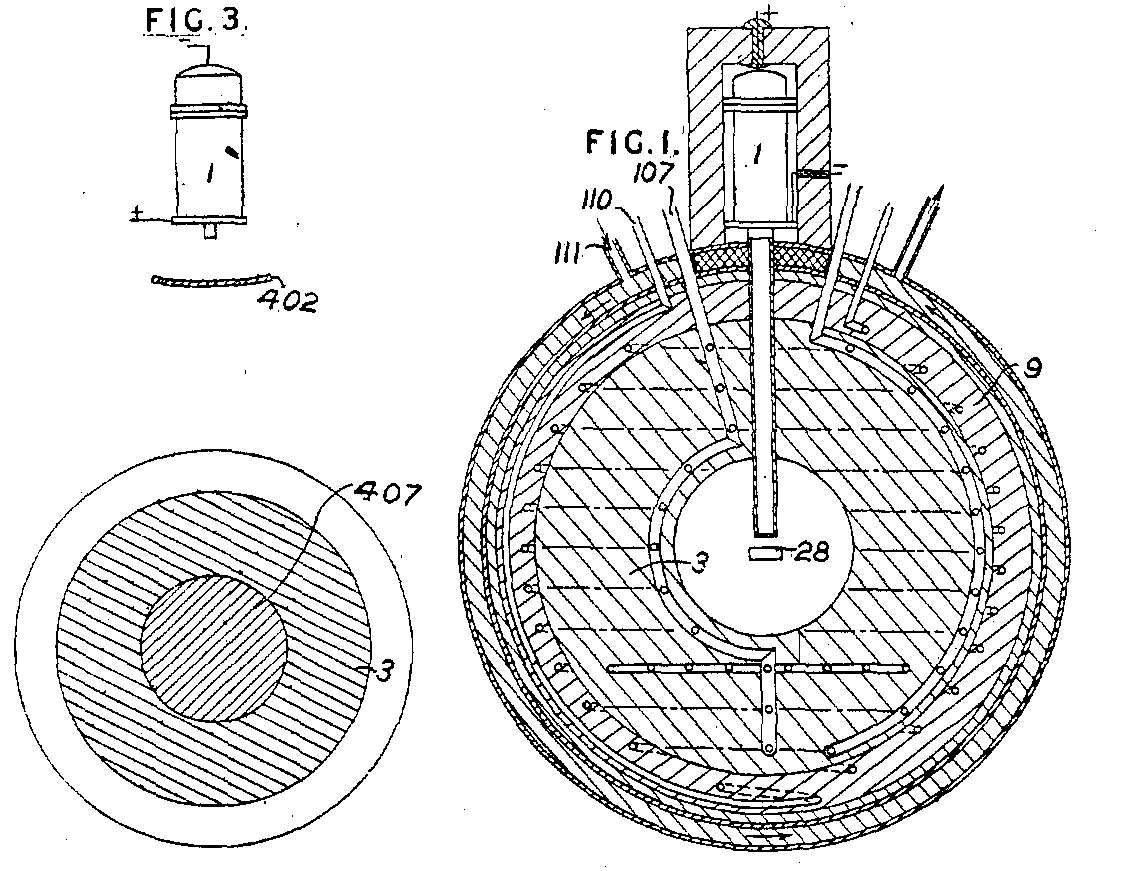
Physics
While citizens of New York sat down for supper, an American bomber dubbed the Enola Gay revealed a breakthrough: the Little Boy, the world’s first and most devastating atomic bomb. This bomb, rooted in a British patent by physicist L. Szilard, marked the culmination of six years of scientific innova

Engineering
Nanotechnology involves the precise manipulation of matter at the nanoscale, enabling the creation of new materials that push the boundaries of engineering. This capability opens avenues for groundbreaking advancements in material science, offering unprecedented possibilities for engineering applica

Technology
Brain-chip Interfaces, also known as BCIs, are a type of technology which allows for the creation of a communication pathway between the brain’s electrical activity and an external device.
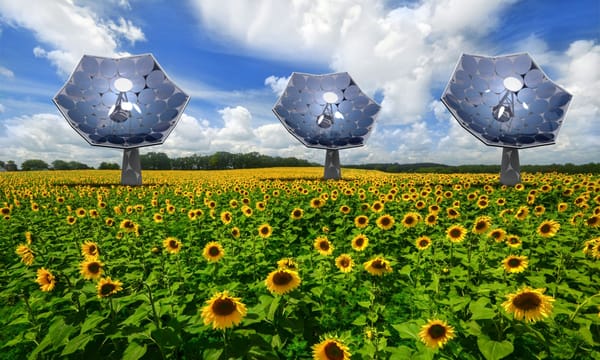
Chemistry
Solar power is the world’s fastest growing energy generation technology. Due to its many benefits, it is a very good candidate for replacing much of the fossil fuel power generation in use today. Currently, most solar panels are made up of silicon photovoltaic (PV) cells. However, there are countles
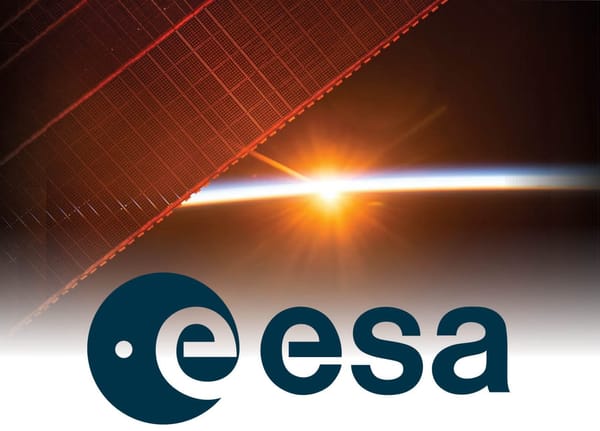
Engineering
For nearly 7000 hours per year, Europe’s hundreds of millions of solar panels face a sunless sky. In the race to replace fossil fuels with sustainable alternatives, the European Space Agency (ESA) is heading a bold approach to provide permanent power by putting solar panels in space. Max Hersov spok
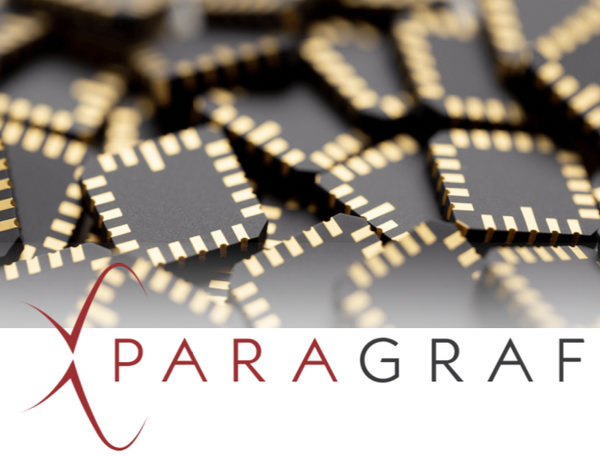
Talking Engineering
Talking Engineering 10: Dr Simon Thomas The Revolutionary Potential of Graphene in Electronics Conducted by Max Hersov, December 2022 A University of Cambridge spin-off founded in 2017, Paragraf is the first company in the world to mass produce Graphene-based electronic devices using standard semiconductor processes. Their patented contamination-free deposition technology,
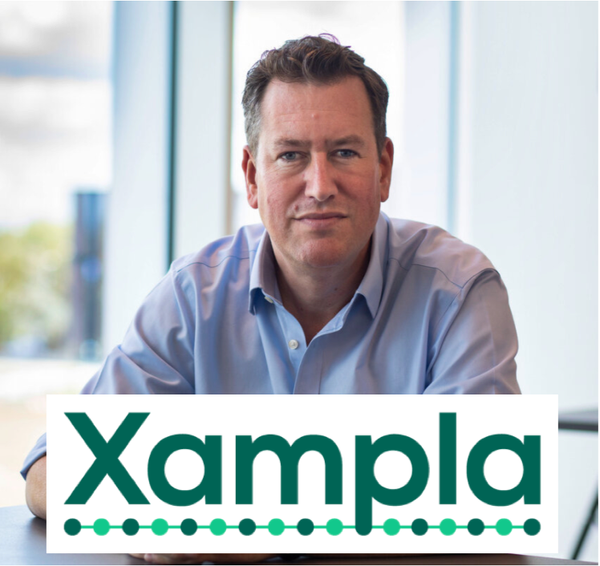
Talking Engineering
Every year, Europe alone releases into the environment the microplastic equivalent of 10bn plastic bottles. Much of this ends up in the ocean, where they are ingested by marine life, blocking digestion and affecting nutrition as they work their way up the food chain. Xampla (a spin out from the Univ
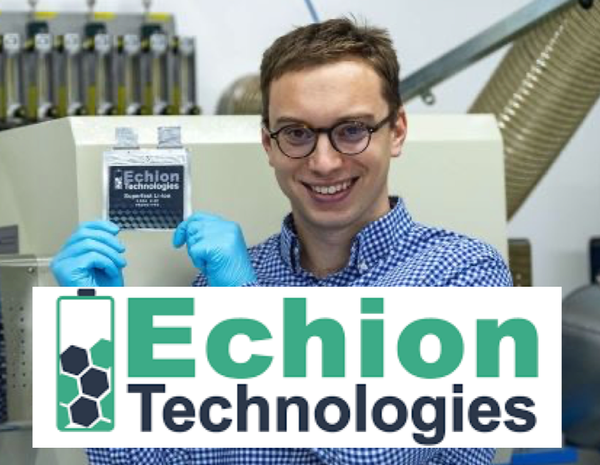
Talking Engineering
Jean founded Echion in 2017 as a spin-out from the University of Cambridge. In this interview, he explains how the company supplies high-power Li-ion battery anode materials that enable superfast charging for a range of applications. Batteries made using Echion’s advanced materials can charge 10x fa